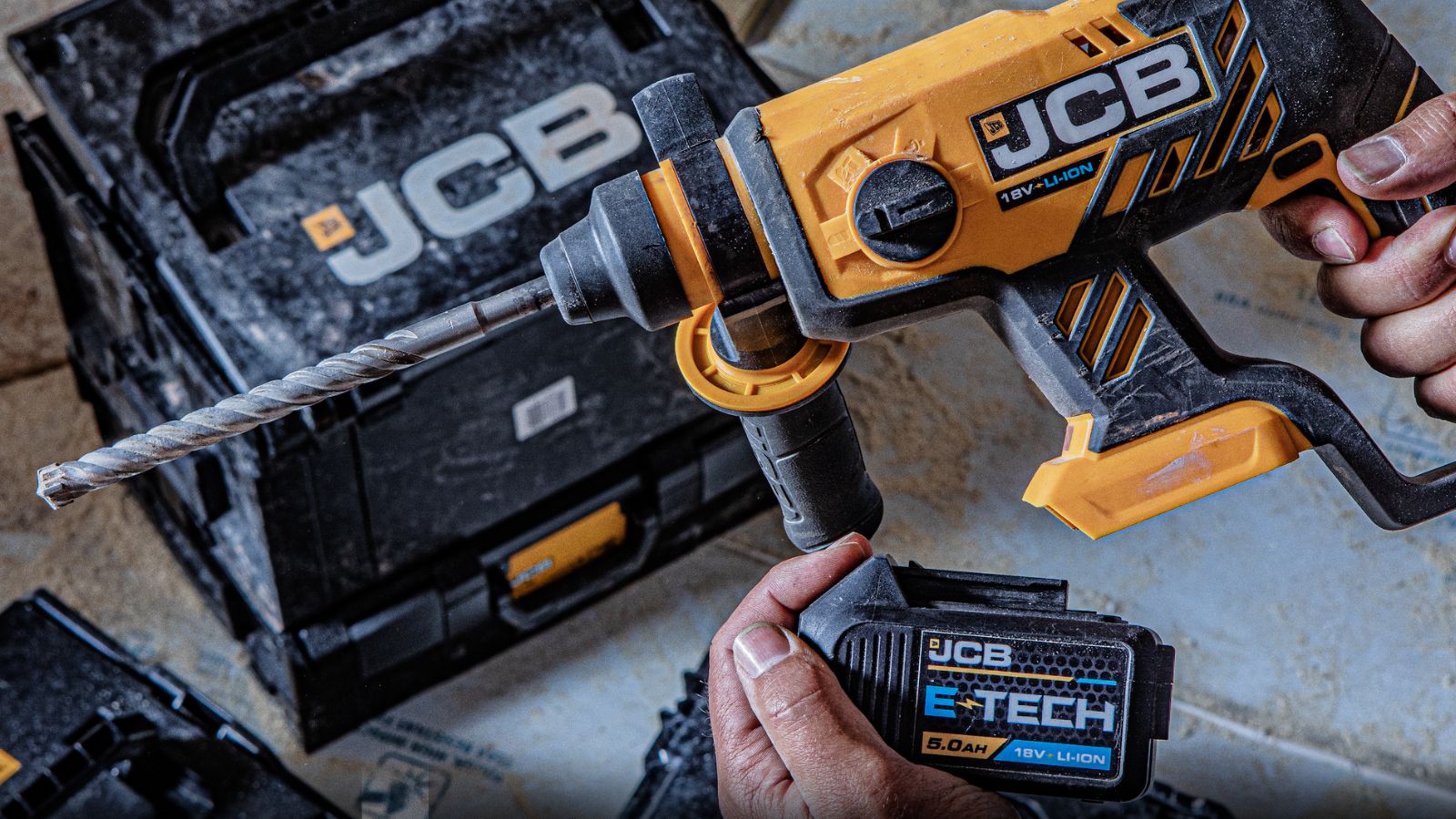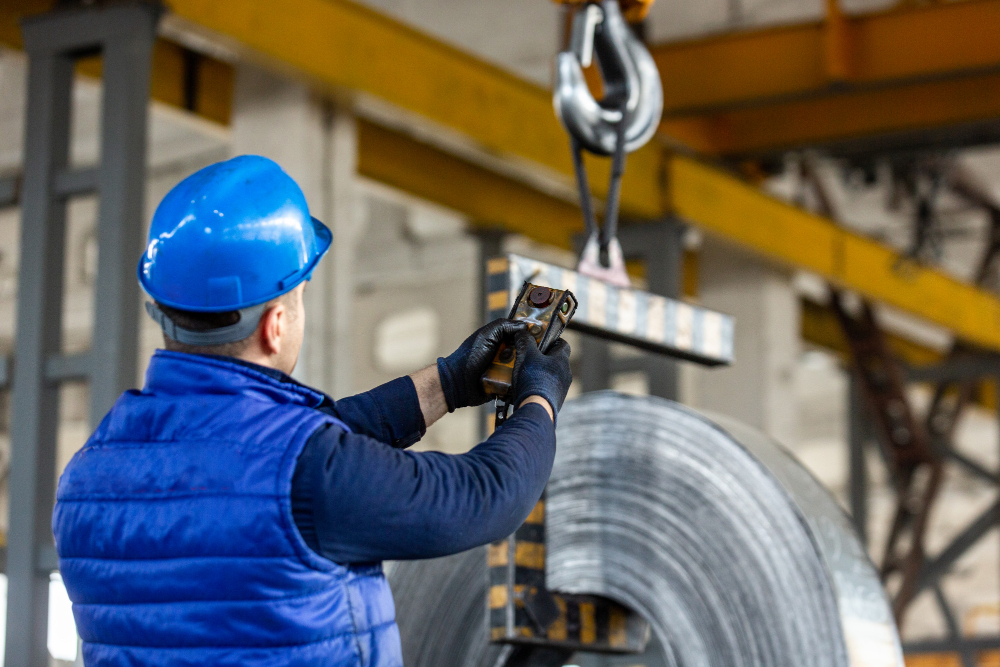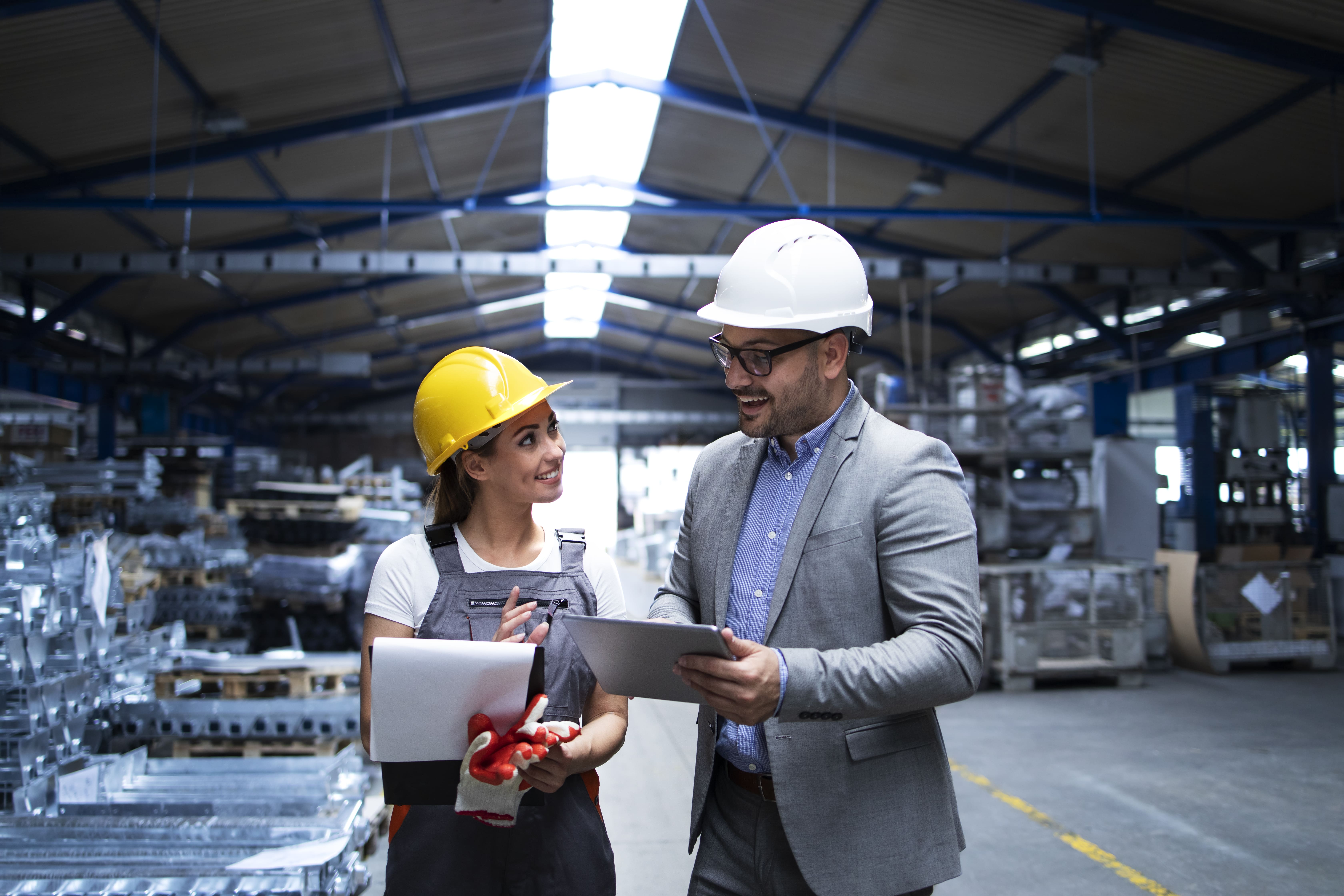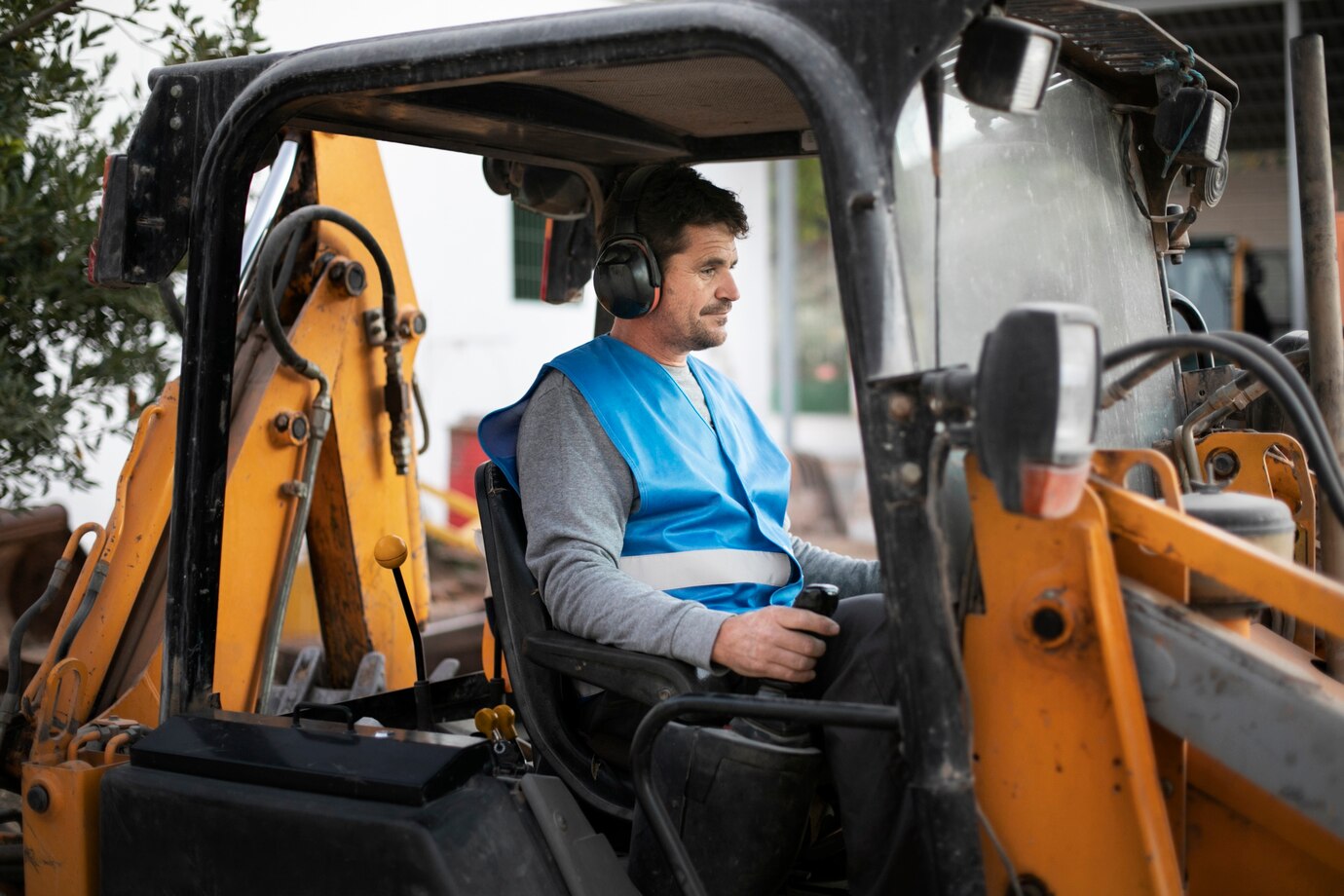
Aerial Lifts at Wellguard: Enhancing Safety and Efficiency at Heights | March 25, 2025
Aerial lifts play a vital role in a wide range of industries, providing a safe and efficient way to work at heights. By choosing the right lift, ensuring proper training, and maintaining the equipment, companies can significantly reduce the risk of accidents and improve productivity.
In the world of construction, maintenance, and various industrial operations, working at heights is often unavoidable. While essential, these tasks can also be fraught with risks. This is where aerial lifts come into play. These versatile machines provide a safe and efficient way to access elevated areas, ensuring that workers can carry out their duties with minimal risk of accidents.
Understanding Aerial Lifts
Aerial lifts, also known as aerial work platforms (AWPs), are mechanical devices used to elevate personnel, tools, and materials to elevated work areas. They come in various types, including boom lifts, scissor lifts, and mast lifts, each designed for specific applications.
-
Boom lifts: These lifts have a platform attached to a hydraulic arm that can extend and rotate, providing excellent reach and maneuverability.
-
Scissor lifts: These lifts have a platform that raises and lowers vertically on a crisscrossing support structure, offering stability and a larger work area.
-
Mast lifts: These lifts have a platform that moves vertically along a mast, making them ideal for confined spaces.
Enhancing Safety
Safety is the paramount concern when working at heights. Aerial lifts are equipped with a range of safety features that significantly reduce the risk of falls and other accidents. These features include:
-
Guardrails: These prevent workers from falling off the platform.
-
Fall arrest systems: These provide additional protection in case of a fall.
-
Emergency stop buttons: These allow for quick shutdown of the lift in case of an emergency.
-
Tilt alarms: These alert the operator if the lift is becoming unstable.
Improving Efficiency
In addition to safety, aerial lifts also offer significant efficiency benefits. They allow workers to access elevated areas quickly and easily, eliminating the need for ladders or scaffolding. This saves time and reduces labor costs. Furthermore, aerial lifts provide a stable and comfortable work platform, enabling workers to focus on their tasks and complete them more efficiently.
Choosing the Right Aerial Lift
Selecting the right aerial lift for a specific job is crucial. Factors to consider include the required height, reach, weight capacity, terrain, and power source. Consulting with a qualified supplier or rental company can help ensure that you choose the most appropriate lift for your needs.
Proper Training and Maintenance
To ensure safe and efficient operation, it is essential that aerial lift operators receive proper training and that the lifts are regularly maintained. Training should cover topics such as safe operating procedures, emergency procedures, and pre-use inspections. Maintenance should include regular inspections, lubrication, and replacement of worn parts.
Aerial lifts play a vital role in a wide range of industries, providing a safe and efficient way to work at heights. By choosing the right lift, ensuring proper training, and maintaining the equipment, companies can significantly reduce the risk of accidents and improve productivity.





